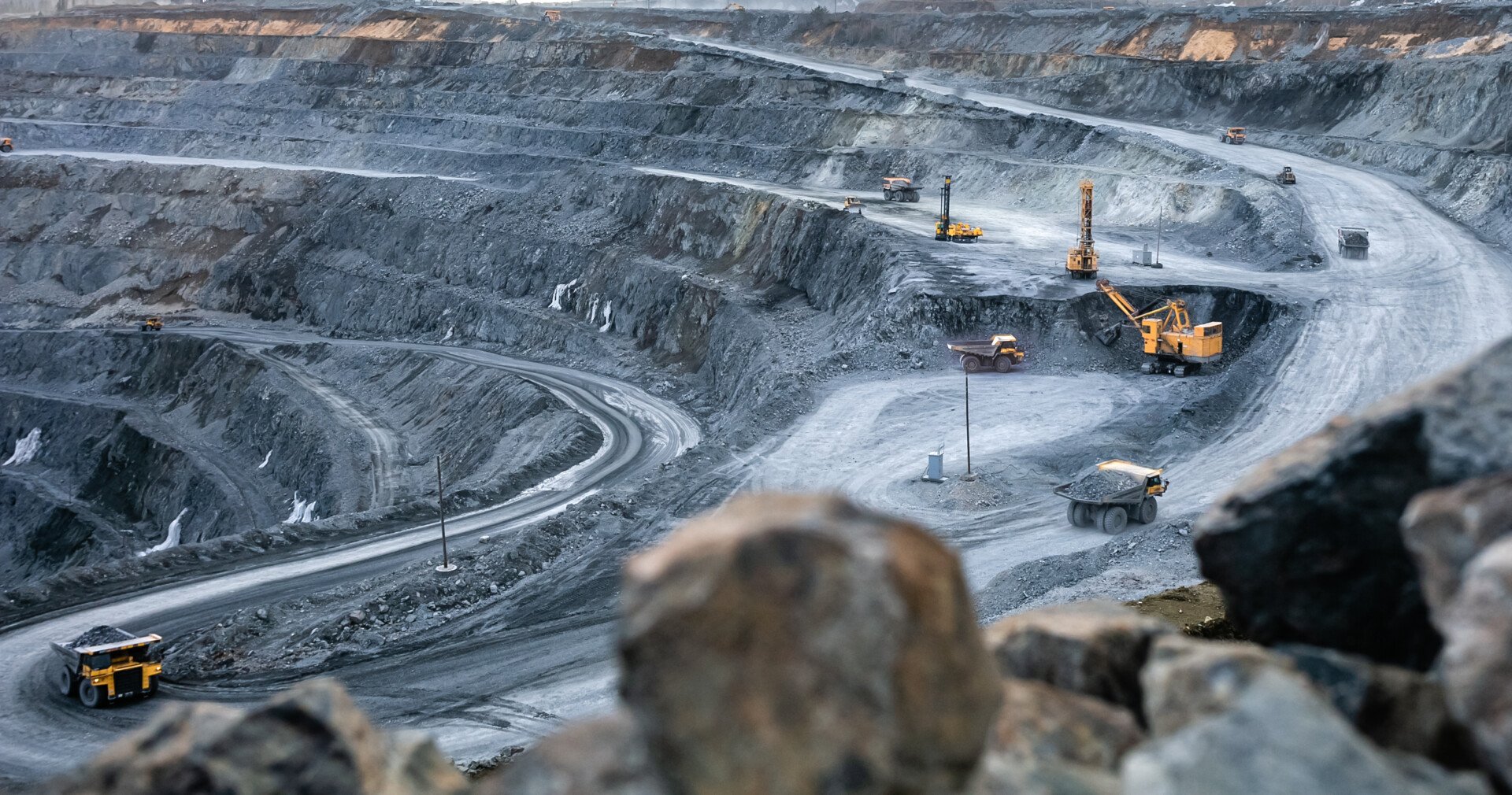- Για έγκυρη και έγκαιρη ενημέρωση
- info@green-news.gr

Συρία: Συνοπτικές εκτελέσεις 35 ανθρώπων, από μαχητές του ισλαμιστικού κυβερνητικού συνασπισμού
27 January 2025
Κακοποίηση τρίχρονου στην Κρήτη: Απολογούνται η μητέρα και ο σύντροφός της
27 January 2025The strong business activity observed recently in the mining and quarrying industry is laying the foundation for the faster exploitation of critical mineral raw materials in the Greek subsoil.
Metlen’s investment plan creates the conditions for the mobilization of development forces in the sector as demonstrated by the tender for the expression of interest for the antimonite of Chios.
Deposits
In Greece, as Dr. Peter Tzeferis, General Director of the Ministry of Energy and Mineral Resources, has emphasized in a relevant article, there are several deposit targets that are included in the list of 30 Critical Mineral Raw Materials (CRMs) of the most updated EU table. In fact, several of them are located within the Greek Public Mining Areas (PMAs), i.e. the areas that constitute the so-called mining “dowry” of the Greek state. The Critical Mineral Raw Materials within the Public Mining Areas are bauxite, phosphorite, barite, antimony, cobalt, magnesium, silicon, tungsten, graphite, platinum groups and rare earths.
Based on data from the mining sector, Greece is the first in Europe in bauxite production, accounting for 85% of total production and 12th in the world in bauxite production, with high-quality raw material but also processing requirements. Now, with Metlen’s new investment of 295.5 million euros in bauxite processing, Greece acquires for the first time the ability to produce gallium with the aim of covering almost all of Europe’s gallium needs (50 tons, in 2024 Europe needed 65 tons).
Our country is also entering the promising alumina market in a dynamic way while strengthening its footprint in the supply of aluminum. Greece is also the only country that has antimony deposits in Europe in Chios and Rhodope and it is of major importance to explore their exact reserves and surplus value in order to become Europe’s main supplier of antimony.
Greece also has proven deposits of germanium in Molaoi in the Peloponnese along with copper and zinc. It should be noted that the Australian Rockfire, which has won the tender for the exploitation of the mining area in Molaoi, has emphasized that the tests confirm the importance of the Molaoi Project, while also noting that “the Hellenic Survey of Geology and Mineral Exploration (HSGME) must be praised for its analytical excellence.
The Molaoi Project is among the top 20 undeveloped zinc deposits worldwide. In the Kimmeria of Xanthi, our country has tungsten in its subsoil along with zinc. In this particular area, HSGME has completed its studies.
Regarding antimony in Greece, there are indications of at least three identified antimonite deposits that have not been exploited to date. The most significant occurrences of antimony in the form of the mineral antimonite (Sb2S3) have been identified in Keramos, Chios, as well as north of the town of Lachanas, in the mountainous complex of Krousia, Kilkis. Especially in the Keramos, Chios area, there is a deposit of very good quality antimonite ore. In Europe, the degree of criticality is extremely high, as there is no mining and production of antimony, and the degree of its substitution by other elements for specific uses is almost zero. Therefore, Greece’s role in this effort to mine antimony on European soil is understandable.



